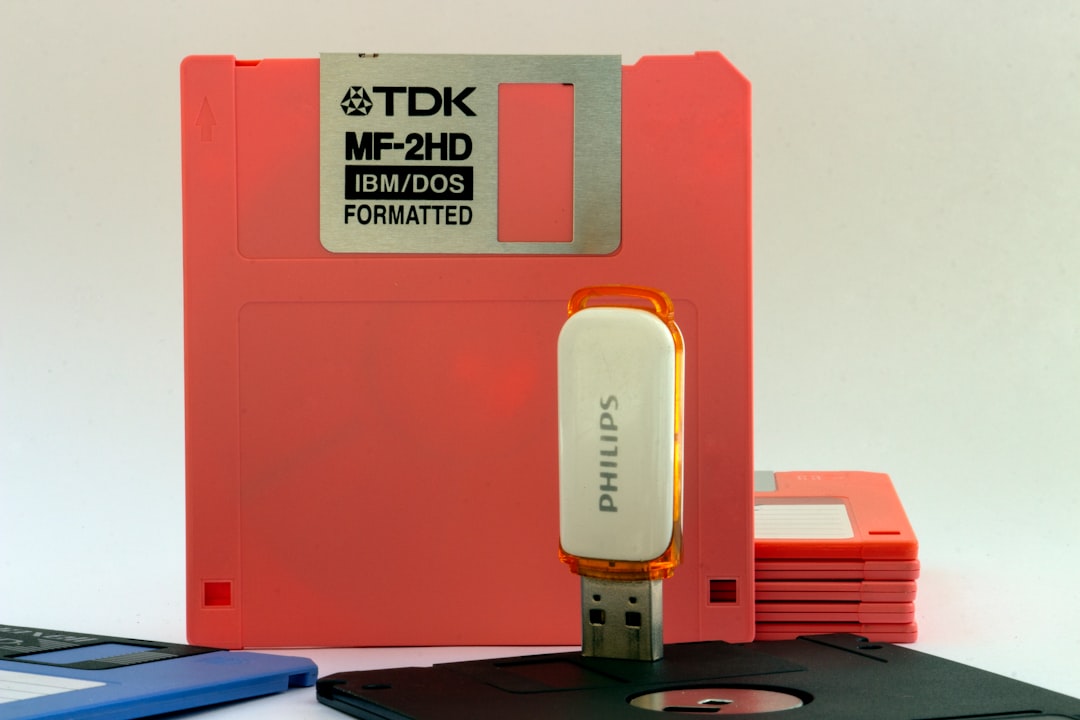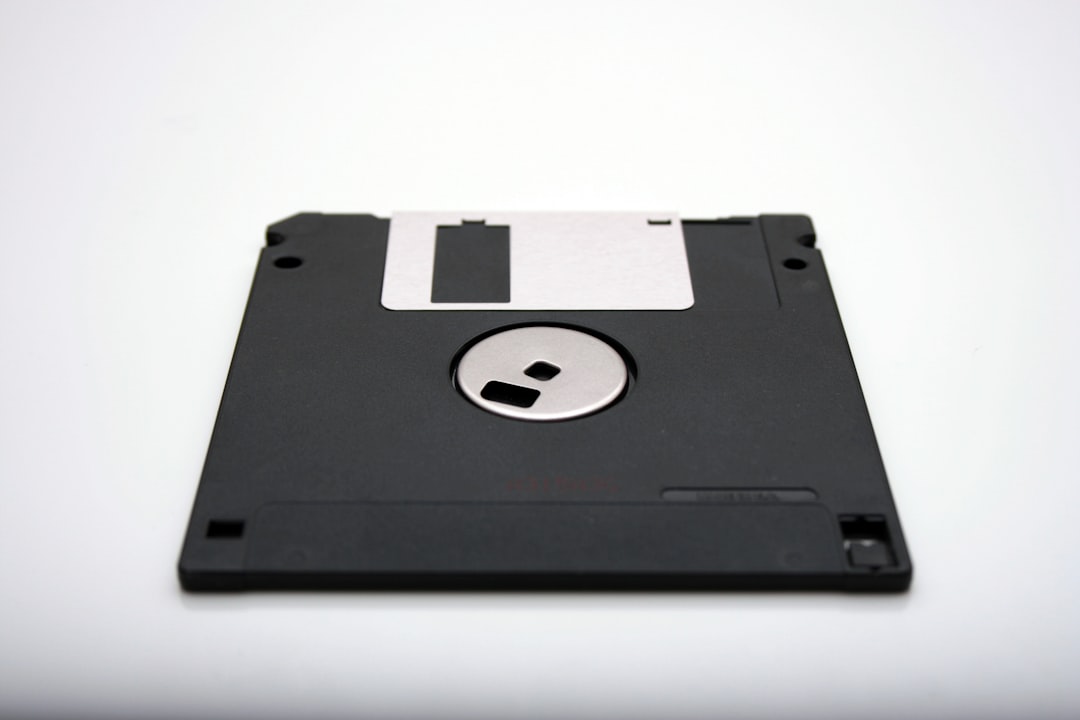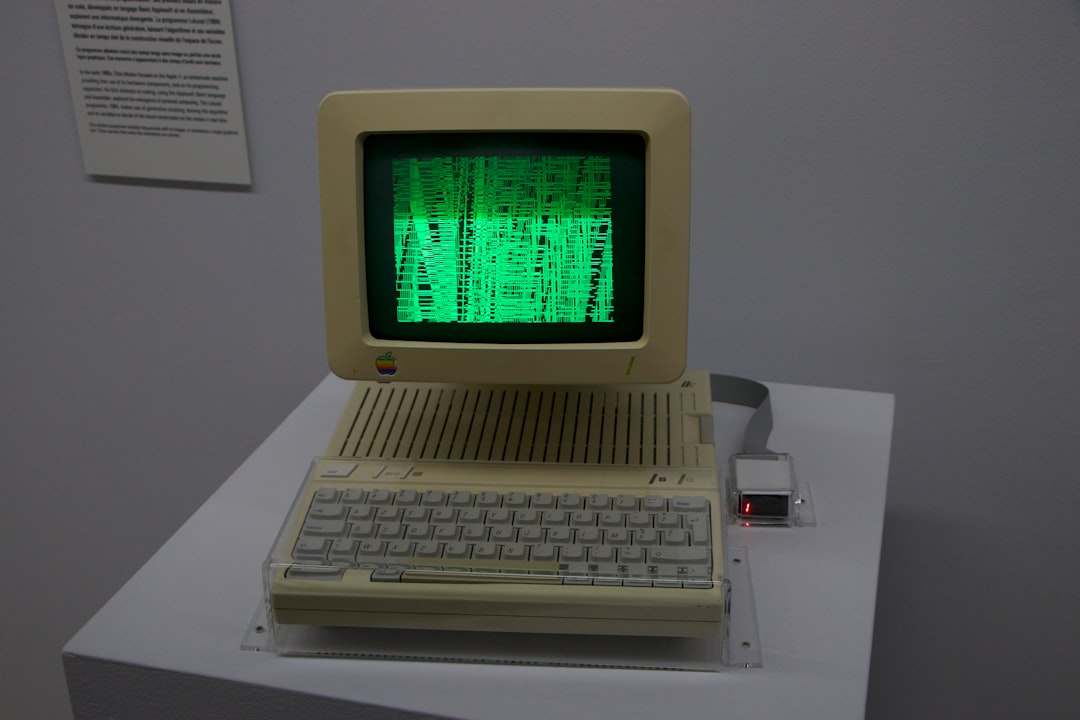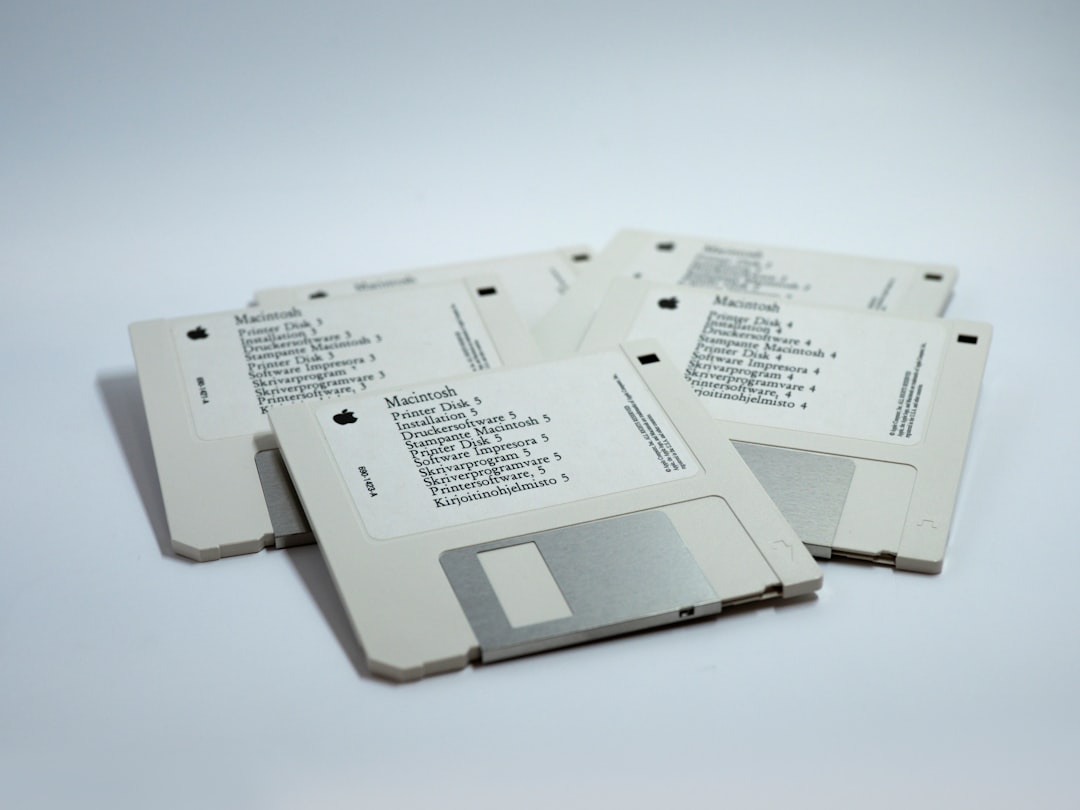Ever tried to install Windows on an older computer and got stuck because it couldn’t find the hard drive? If yes, you may have run into the mysterious world of SATA drivers. One of the golden keys to solving this problem is something called the SATA Floppy Driver Image (ver 9.3.0.296). Weird name? Yes. But incredibly useful.
Let’s demystify what it is, why you might need it, and where to find it. We’ll keep it fun and beginner-friendly. Grab your virtual toolkit—we’re diving in!
What is a SATA Floppy Driver Image?
The name might sound ancient, especially with “floppy” in it. But don’t worry—you probably won’t need to hunt down an actual floppy disk. Here’s what it really means:
- SATA: Stands for Serial ATA, a modern way your computer connects to hard drives and SSDs.
- Driver: A small piece of software that tells your operating system how to talk to a device.
- Floppy Image: A digital file that behaves like an old floppy disk. It’s used for older systems that expect drivers to come from a floppy.
Back in the Windows XP days, installing the OS on a SATA hard drive wasn’t always straightforward. Windows didn’t come with all the necessary drivers. So, it asked for a driver disk during install—yes, a floppy disk!

This is where the SATA Floppy Driver Image (ver 9.3.0.296) comes in. It’s a pre-packaged set of drivers made for Intel’s storage controller.
Why Version 9.3.0.296?
Not all driver versions are created equal. Version 9.3.0.296 is known for its wide compatibility and stability. It supports a lot of Intel chipsets and works particularly well for setting up RAID (Redundant Array of Independent Disks) systems, too.
Here’s why you’d want this specific version:
- It supports older and mid-range Intel chipsets.
- It’s tested with legacy operating systems like Windows XP and Server 2003.
- It can help when restoring a system from an old backup image.
If you’ve got an older system that you just can’t let go of—this driver can be the magic wand.
When Might You Need It?
Most likely you’ll need this driver in one of these three situations:
- You’re reinstalling Windows XP or Server 2003 on a SATA drive.
- You want to set up a RAID configuration on an older Intel motherboard.
- You’re using a virtual machine that mimics old hardware and needs a SATA driver during OS setup.
Modern computers and newer versions of Windows won’t need this. They come with better built-in driver support. But for retro setups or data recovery missions, it’s a lifesaver.
How to Use It
Here’s a simple way to use the SATA Floppy Driver Image during a Windows installation:
- Download the driver image file (we’ll get to that soon).
- Create a floppy disk using an image writing tool (or mount it in your virtual machine).
- During the Windows setup, press F6 when prompted to “install third-party SCSI or RAID drivers.”
- Insert or mount the floppy image when the installer asks for the driver.
- Select the right driver from the list and continue the installation.
Yes, it’s a bit old-school. But it works perfectly for getting past “Setup cannot find any hard drives” errors.

Where Can You Download It?
The best sources are usually the official sites. But note: older drivers can be tricky to find. Here are your best options:
1. Intel’s Official Website
Intel usually archives older drivers, and you might be able to find 9.3.0.296 in the support area. Use the search bar and enter “Matrix Storage Manager Floppy Installer.”
2. DriverGuide.com
They host a massive collection of drivers including old ones. Create a free account to download. Make sure the file matches version 9.3.0.296 for reliability.
3. Win-Raid Forum
This site is a goldmine for old drivers, especially Intel RST and Matrix Storage Drivers. The community is helpful, and threads often contain detailed install guides too.
4. Forums and Archive Sites
You might also find this version on places like:
- VOGONS – great for vintage computing setups
- Internet Archive – try searching exact version numbers
Important Tip: Always scan downloaded files with antivirus software. Just to be safe.
Troubleshooting Tips
Things might not always go smoothly. Here are a few pointers to help if you hit a wall:
- No driver list appears after loading the floppy? Try another version, or check if it’s corrupt.
- Blue screen after install? Could be an incompatibility. Make sure chipset matches.
- Virtual machine won’t read floppy? Use .img format instead of .exe, and mount it correctly.
Still stuck? Don’t worry. Online forums are filled with tech tinkerers happy to help.
A Flash from the Past
Using this kind of driver feels like stepping into a time machine. And for many tech enthusiasts, it’s fun! It combines history, sleuthing, and problem-solving into one adventure.
If you’ve still got an old beige tower humming in your basement or you’re trying out vintage operating systems, you’ll likely need tools like this.

Final Thoughts
The SATA Floppy Driver Image (ver 9.3.0.296) is more than just a weirdly named file. It’s your ticket to unlocking legacy setups, fixing the “no hard drive detected” error, and breathing new life into old machines.
While the floppy disk may be gone, digital floppy images like this one are not only still useful—they’re essential in certain situations.
So the next time your old PC whines about a missing driver during setup, don’t panic. Just press F6 and load up this little hero!
Happy tech tinkering!
